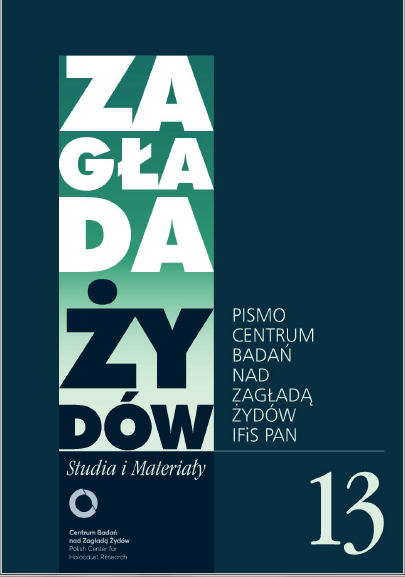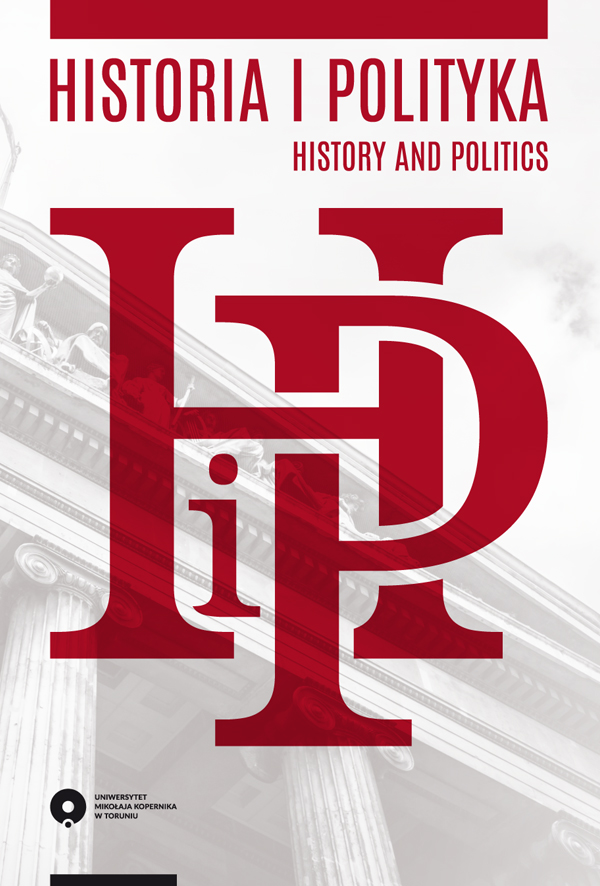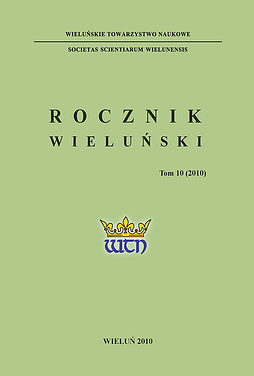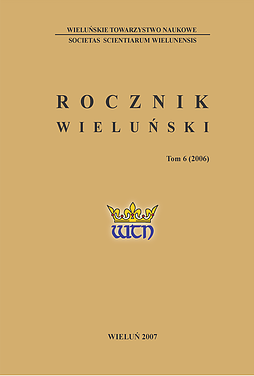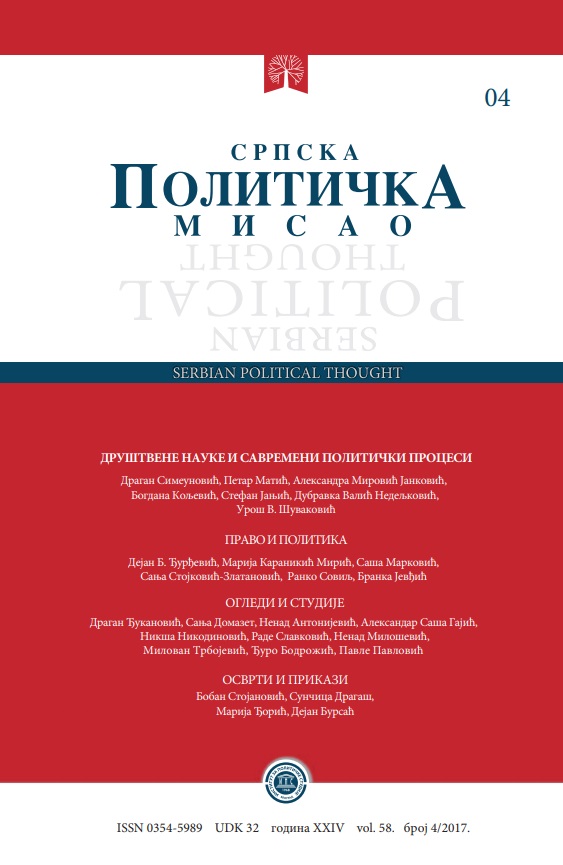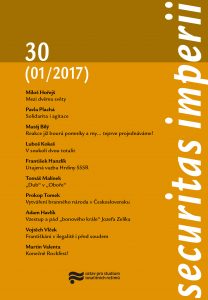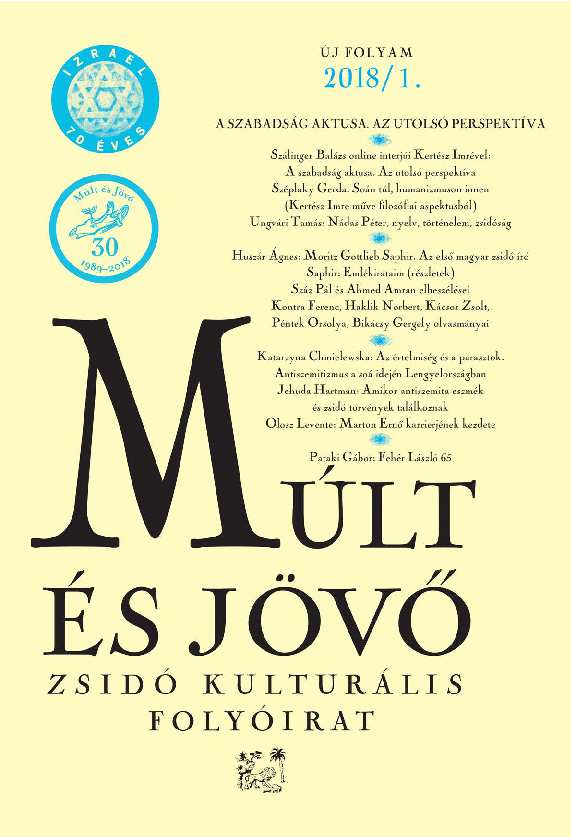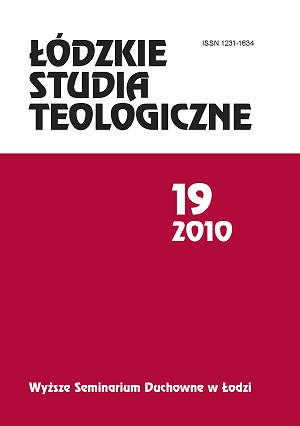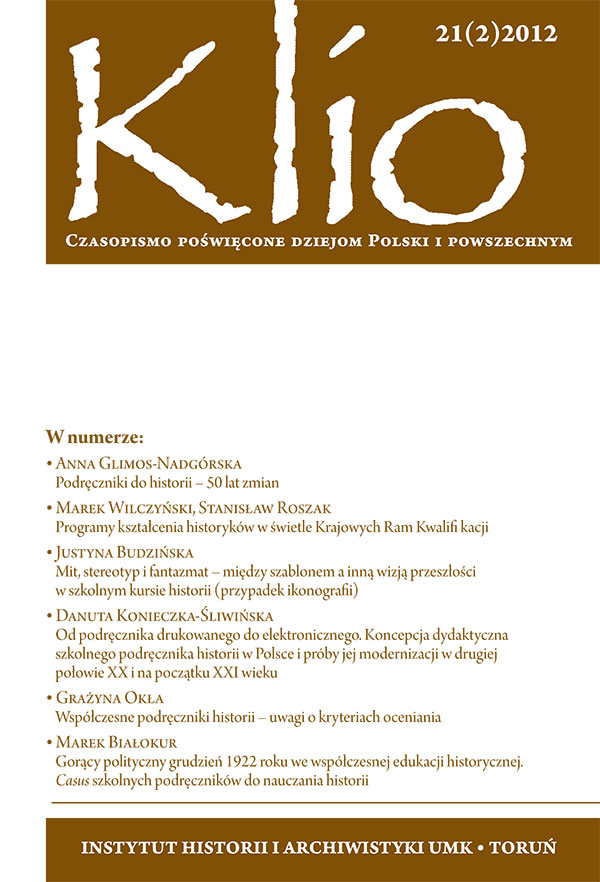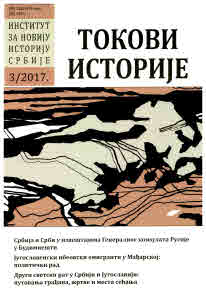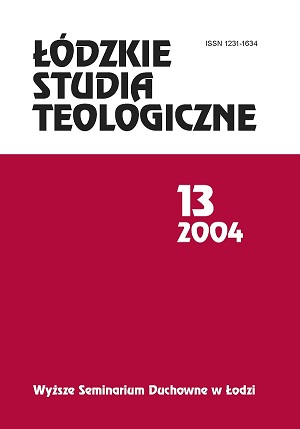Author(s): Nenad Antonijević / Language(s): Serbian
Issue: 4/2017
The article presents a part of the suffering of the Serbian population in Kosovo and Metohija during the first months of the occupation of the Kingdom of Yugoslavia, which were mostly victims of the terror of Albanian kvisling, who used the attack of the Axis force on the Kingdom of Yugoslavia and the occupation of its territory by the same. Different forms of the suffering of the Serbian people (murder, persecution, abuse, internment) have been shown, which led to the changing of the ethnic image in the territory of Kosovo and Metohija for the benefit of the Albanians. In addition to literature, the most attention is paid to the statements of refugees, whose words were recorded in the Commissariat for Refugees and Resettlement, which was part of the Serbian administration of General Milan Nedic. Statements allow insight into the typology of terror of Albanian forms, scope, and territory (names of villages, towns and other populated places) that is affected by crimes. Individual specific forms of terror were identified, such as blackmail, robbery, seizure of arms, rapes and abductions of Serbian women and girls. Also, in many cases, the insights into the names of victims, as well as the names of criminals and their accomplices are obtained. The chronology of the commission of the crime was determined, so that the first were affected by the inhabitants, and later the old people. One of the more massive forms of terror of Albanian kvisling, especially at the beginning of the occupation, was the waiting and killing of mobilized Serb soldiers returning to Kosovo and Metohija after the Yugoslav Army’s capitulation in the brief April war. Various volumes and forms of crime were recorded in different occupational zones. It was determined where Serbs were killed (home threshold, field, road, ambush). In many cases, it was determined what happened to some Serb families from first pressures, to killings or expulsions from their own home and from their own property. Estimates of the number of expelled and evicted Serb population in the period from April to the end of 1941 are given. In the first year of the occupation, the Serb colonists and settlers from Bosnia, Herzegovina, Montenegro and other parts inhabited after the First World War, and especially in Metohija, suffered the most.
More...

